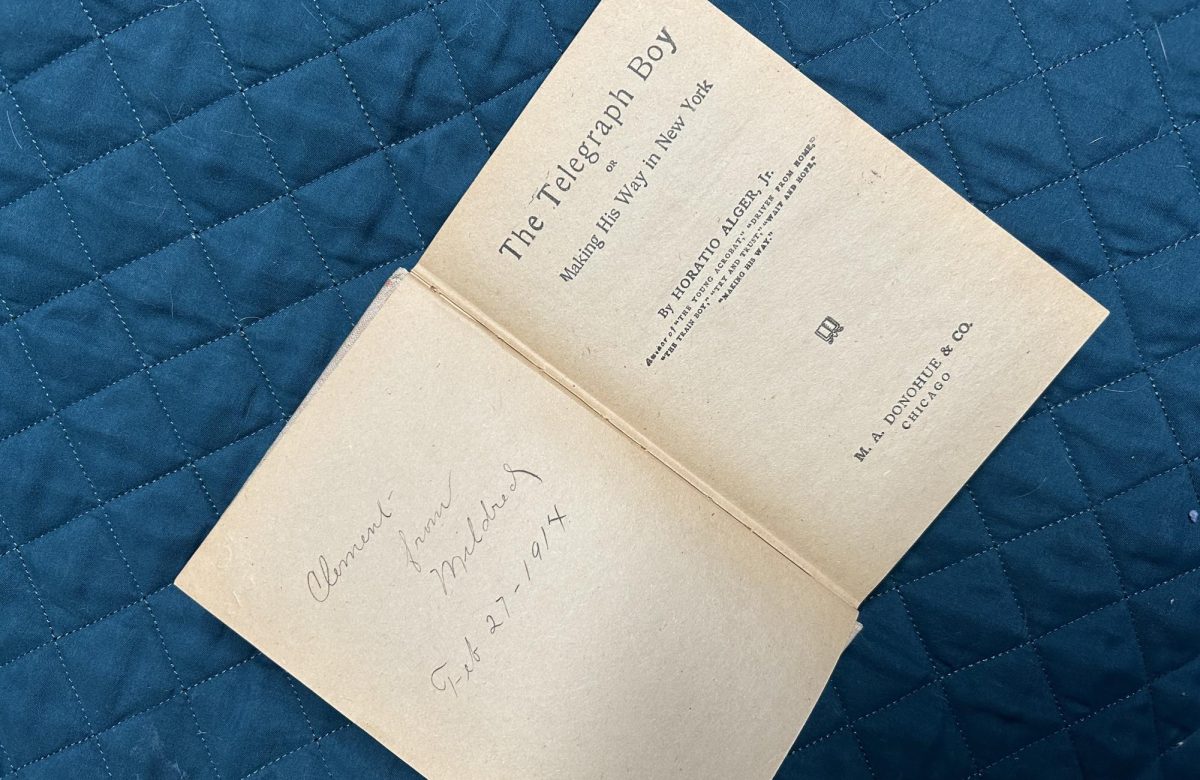Broken spines mitigate the soul.
I’m not talking about the kind that sends pain shooting through your back or paralyzes you from the waist down. I’m not speaking of the broken spines that doctors warn their patients of, which shatter from impact too sudden and harsh.
When I say broken spines—I’m talking about something else entirely.
I’m talking about the kind of spine that bends and binds old words and older pages: The spines that are embellished and inked, the ones that claim the namesake for an extraordinary novel.
Every time I see one, I smile.
Some of my friends may disagree—“How could you ruin that book?” they say. “There are ways to avoid that, you know,” they lecture when I speak of such a thing. But I do not care.
I love running my fingertips along the folds. I love the way they wrinkle even the newest of stories. Wrinkles and wisdom—they are one and the same.
Broken spines are signs of rampage and signs of love. Within them, the story of a girl, shocked by a devastating ending, throwing her book across the room, is remembered. Within them, the story of that girl, delicately lifting tea-stained pages to soak in the final words of a long-awaited epilogue, is told.
One broken spine, found tucked and torn in the corner of an antique shop, barely attached to its story, led me to have five dollars less in my pocket.
It was yellow and tattered, but something had drawn me to it. It was obviously aged, and its binding was massacred; it had been loved, or maybe destroyed, and I was determined to figure out which.
The truth seemed to be forgotten, for a few days, as it sat in my room; however, soon enough, the book called to me again—the broken spine begged to spill its secrets—so I picked it up, and I found my answer.
A page fell out.
I thought nothing of it—the novel was ruined. It was almost unreadable. Every word looked like it was about to crumble away. But when I flipped the page over to the side where it should have been blank, a handwritten note was permanently etched into the fading remnants of the book.
“To Clement. -Mildred. Feb. 27, 1914.”
I remained there, with the pages splayed across my bed, waiting. For what? I wasn’t sure. At first, I believed I needed to be told the words were fake, but I knew nothing could convince me of such a thing.
The note was so simple—there wasn’t much to go off of, but it was definitely real. Part of me wanted to smudge it away, to prove its reality, but I didn’t want to risk wiping it from existence.
Left with nothing but two names and a date, I began to think of what their story could have been. Was Clement a man, or short for Clementine? Who was Mildred? Was it gifted for a birthday, for sentimentality, or for kindness?
Eventually, I decided it was gifted for love. I began to craft wonder from the swirls of the E’s; I noticed endearment in the flourishes on each L. Whoever Clement and Mildred were, they became a false memory in my mind.
It has been at least a year, and I still think about the book, the spine, and the note. The words remind me of love, of promise. It heals a part of myself, somewhere inside: my soul.
Had it not been for the compromised binding—the torn spine—I may have never noticed the note. I may have never had this reminder of the past, of an unspoken story.
If I were to write a note, I would say thank you.
Thank you to the broken spine for clutching onto their story with the last of its strength.




























































































